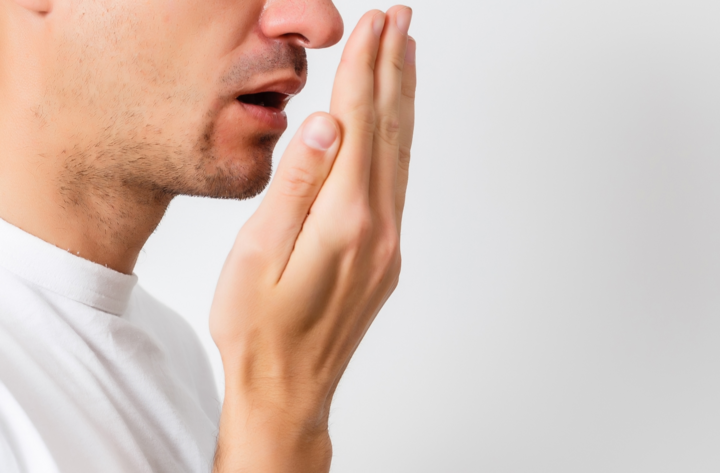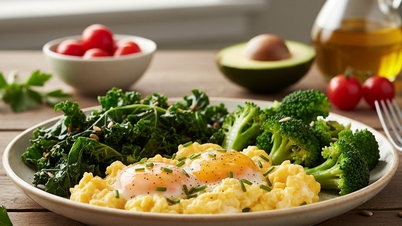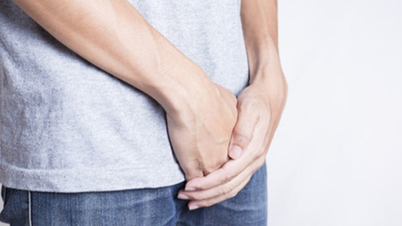According to Dr. Le Van Thieu, Department of General Infection, Central Hospital for Tropical Diseases, endogenous alcohol and alcohol from beer and wine are both ethanol alcohol. Endogenous alcohol is alcohol produced by the body itself, without any other external influence.
Everyone has natural alcohol in their body, even if it is very small. Glucose is the preferred energy source of yeast and bacteria. When they enter the body, different metabolic processes will generate alcohol.
Therefore, some people have endogenous alcohol levels, or alcohol levels that arise after eating certain common foods, including fruits, fermented fruit juices, chocolate, certain syrups, cold and flu medications, mouthwashes, and fermented starchy foods.
If the alcohol test is positive, you are still considered to have violated traffic laws.
The solution is to set a threshold alcohol concentration that best suits everyone's health status. However, normally, endogenous alcohol in the blood has an extremely low concentration. Only specialized, super-sensitive means can detect a positive result, while conventional means are not enough to detect it.
Dr. Thieu advises that you should not be too concerned about endogenous alcohol concentration. This situation is very rare, due to the pathology or constitution of each person, only found in some people with digestive diseases, the threshold is also very small. Such cases may require a blood test, the results will be absolutely accurate.

Everyone's body has natural alcohol, even in very small amounts. (Illustration photo)
The highest alcohol content was found in grape juice (0.29–0.86 g/L), while apple juice samples varied more than 10-fold (0.06–0.66 g/L) in ethanol content. Orange juice data showed a consistent range (0.16–0.73 g/L) despite the rather limited sample size.
Some other ripe fruits such as bananas and pears have ethanol content as follows: Ripe bananas 0.02g/100g; well-ripened bananas 0.04g/100g; ripe pears 0.04g/100g.
In bread and bakery products, the highest ethanol content was found in two packaged bread rolls, hamburger (1.28 g/L) and milk bread rolls (1.21 g/L). In other conventional bread products, lower but detectable ethanol levels were found (0.14–0.29 g/L).
Some foods that can produce alcohol concentration in your breath are durian (this fruit has a very high sugar content, ripens quickly, and ferments quickly), lychee, longan (these are also two fruits that ferment most easily), and dishes cooked in red wine sauce.
There are also many other fruits that can increase the alcohol concentration in the breath such as pineapple, dragon fruit. In fact, fruits with a lot of sugar such as durian, jackfruit, banana, rambutan can all ferment naturally and produce alcohol. However, this amount of alcohol is only in the mouth, through the breath, not in the blood. The time for the alcohol concentration to disappear is about 15-30 minutes depending on the amount you eat.
“A small number of people with gastroesophageal reflux disease or those with autointoxication syndrome may also test positive on a breath alcohol test.
Alcoholic beverages made from fruit can also increase blood alcohol levels. Although not classified as alcohol, these foods are classified as alcoholic beverages, so people should be careful,” said Dr. Thieu.
According to the World Health Organization (WHO) standards, a standard drink contains 10g of alcohol equivalent to: 1 cup of 40% alcohol (30ml), 1 glass of 13.5% wine (100ml), 1 pint of draft beer (330ml), or 3/4 bottle (can) of 5% beer (330ml). Depending on the amount of drink, it will be converted to approximately how many units of alcohol.
For adults with normal health, the liver will eliminate one unit of alcohol every hour. People with impaired liver function or slower metabolism will take longer.
Experts say it is impossible to calculate the absolute time for alcohol elimination because it depends on each person's body and eating habits. The best recommendation is not to drive when drinking alcohol to avoid risks.
Source





![[Photo] Hanoi morning of October 1: Prolonged flooding, people wade to work](https://vphoto.vietnam.vn/thumb/1200x675/vietnam/resource/IMAGE/2025/10/1/189be28938e3493fa26b2938efa2059e)
































![[Photo] President Luong Cuong receives President of the Cuban National Assembly Esteban Lazo Hernandez](https://vphoto.vietnam.vn/thumb/1200x675/vietnam/resource/IMAGE/2025/9/30/4d38932911c24f6ea1936252bd5427fa)
![[Photo] Panorama of the cable-stayed bridge, the final bottleneck of the Ben Luc-Long Thanh expressway](https://vphoto.vietnam.vn/thumb/1200x675/vietnam/resource/IMAGE/2025/9/30/391fdf21025541d6b2f092e49a17243f)
![[Photo] The 1st Congress of Phu Tho Provincial Party Committee, term 2025-2030](https://vphoto.vietnam.vn/thumb/1200x675/vietnam/resource/IMAGE/2025/9/30/1507da06216649bba8a1ce6251816820)



























































Comment (0)